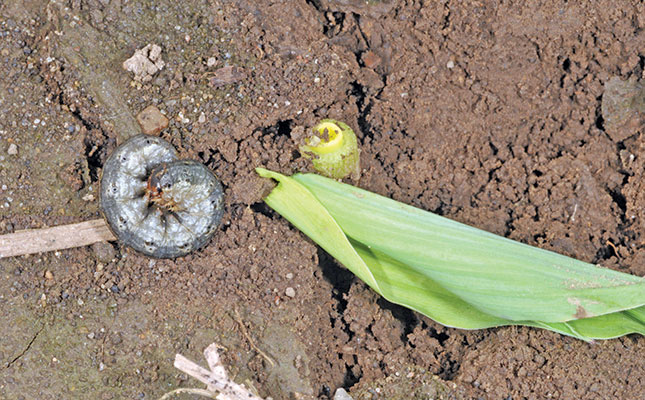
Edward Aloysius Murphy Jr was an American aerospace engineer. After resigning from the US Air Force, he conducted a series of rocket acceleration tests at Holloman Air Force Base and then pursued a career in aircraft cockpit design.
He went on to work on crew-escape systems for some of the most famous experimental aircraft of the 20th century, including the F-4 Phantom II and the X-15 rocket plane.
During the 1960s, he worked on safety and life-support systems for Project Apollo, ending his career focusing on pilot safety and computerised operation systems on the Apache helicopter.
If Murphy messed up, it was serious and usually resulted in multiple deaths.
He adopted an approach in his work that he called ‘defensive design’, which is the practice of assuming that fools would be flying these complex machines and would misuse the controls, for example, landing without extending the landing gear, which was quite common among pilots in those days.
It was Murphy, in a moment of frustration, when someone pulled the wrong lever, who uttered those famous words: “Anything can go wrong will go wrong”. This is known as Murphy’s Law, which has immortalised his name.
The study of Murphy’s principle and the many corollaries it spawned has been recognised as a ‘tongue-in-cheek’ academic discipline by author Arthur Bloch in his book Murphy’s Law.
He calls it ‘Murphology’ and has made a study of it and its derivatives.
Finagle’s Law, for example, holds that anything that can go wrong, will – at the worst possible moment.
Bloch’s Eighth Corollary states: ‘It is impossible to make anything foolproof, because fools are so ingenious’, and his Ninth, especially applicable to farming, ‘Mother nature is a bitch’.
Kohn’s Corollary states: ‘Two wrongs are only the beginning’, and O’Toole’s commentary on Murphy’s Law simply states: ‘Murphy was an optimist’.
Bloch’s book is a laugh-a-minute, but there’s a serious side to it and it’s often true. Unless you consider the ways in which something can go wrong and put defensive mechanisms in place, chances are it will happen. This isn’t pessimism, it’s realism. This is why preventive maintenance is an essential part of business management.
The useless attitude one sometimes hears from people who should know better comes from the adage: ‘If it’s not broken, don’t fix it’. This is little more than an excuse for complacency, for avoiding any thinking or hard work to keep up to date and keep the wheels turning without disruption.
A far better approach is the positive, results-oriented philosophy: ‘It may not be broken, but keep a close watch on it and fix it before it does break’.
There are no short cuts! Preventive maintenance isn’t rocket science. Do it, and make sure Murphy’s Law has no place in your organisation.
Preventive Maintenance Management
Step 1: identify and register every piece of equipment, every vehicle, and every implement on the farm.
Step 2: think through and prepare a detailed maintenance checklist for each item. Here are some examples of what should be on that list.
Irrigation
- Pumps: are they delivering the volume of water at the pressure for which they were designed? When were the measuring gauges last calibrated?
- Valves: are non-return valves sealing? When did you last check them for rust? What about valves on the delivery side of the manifold? Leaks or rust?
- Delivery pipelines: leaks or rust?
- In-field equipment: when last did you measure sprinkler or dripper delivery rates? Are pressure gauges calibrated and pressures correct? Have sprinkler nozzles been checked for wear? Leaks?
Vehicles and implements
- Are service intervals correct?
- Are service checklists comprehensive and up to date?
Buildings
- Roof leaks? Internal roof timbers checked for wood borer and dry rot?
- Electrical fittings all in good, safe condition?
- Doors and windows checked; locks and hinges all secure and operational?
- Alarm systems: are they operational?
Step 3: set a routine for each item on the checklist: daily, weekly, monthly, quarterly, six-monthly, or annually.
Step 4: pull it all together in a comprehensive preventive maintenance plan. Include what is to be done, by whom, and when. Also include the reporting requirements and diarise dates on which reports are to be generated.
Peter Hughes is a business and management consultant.












